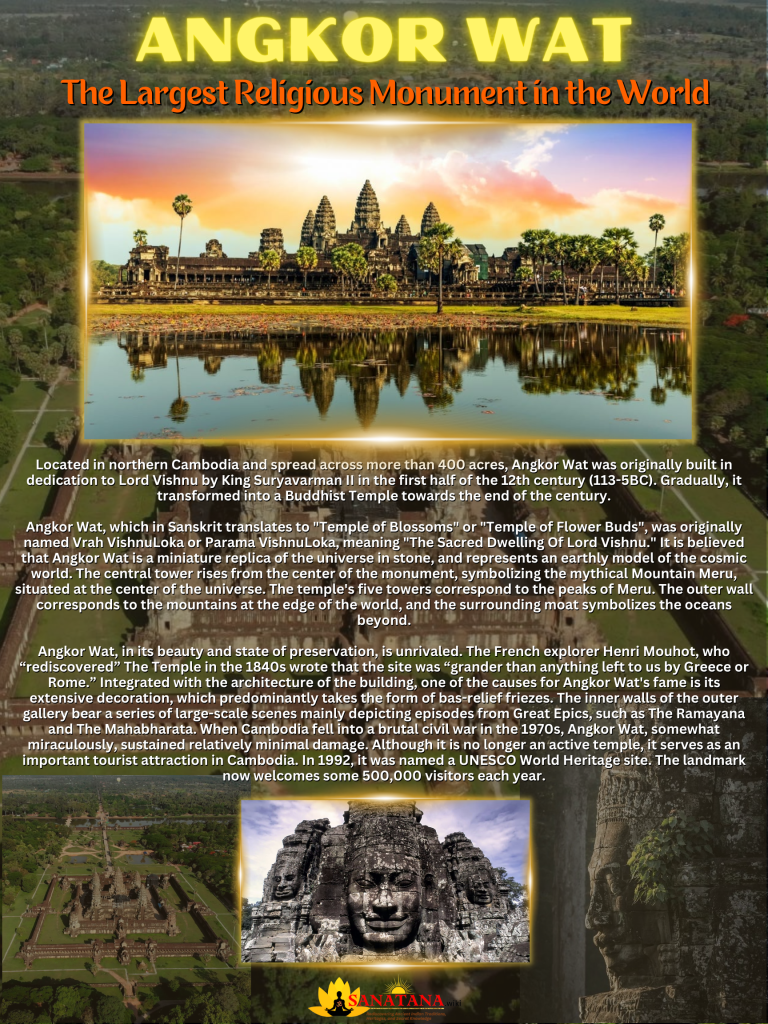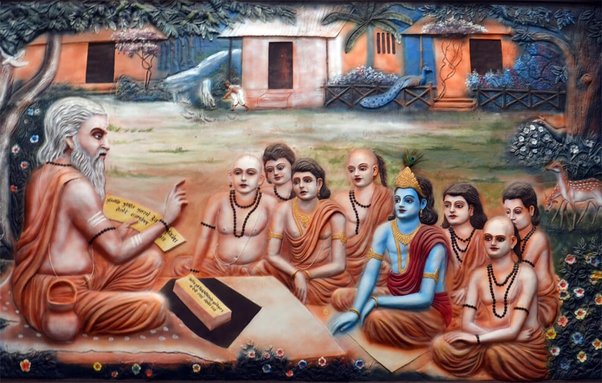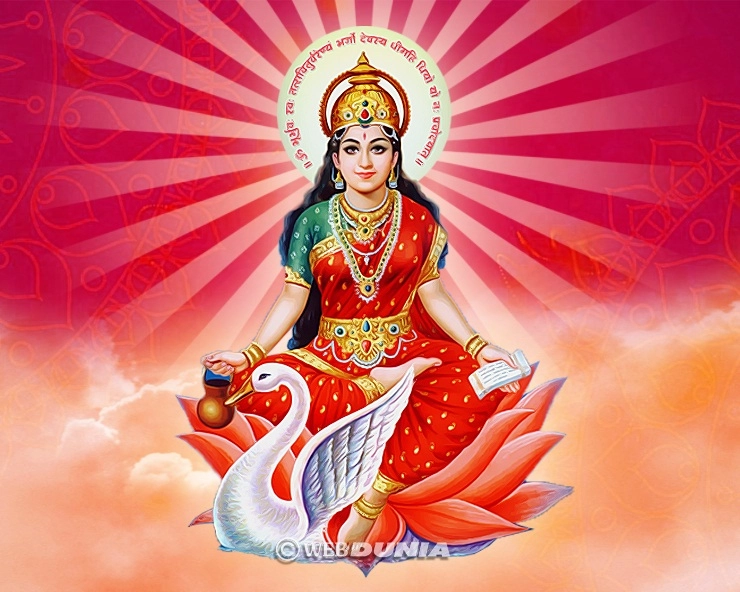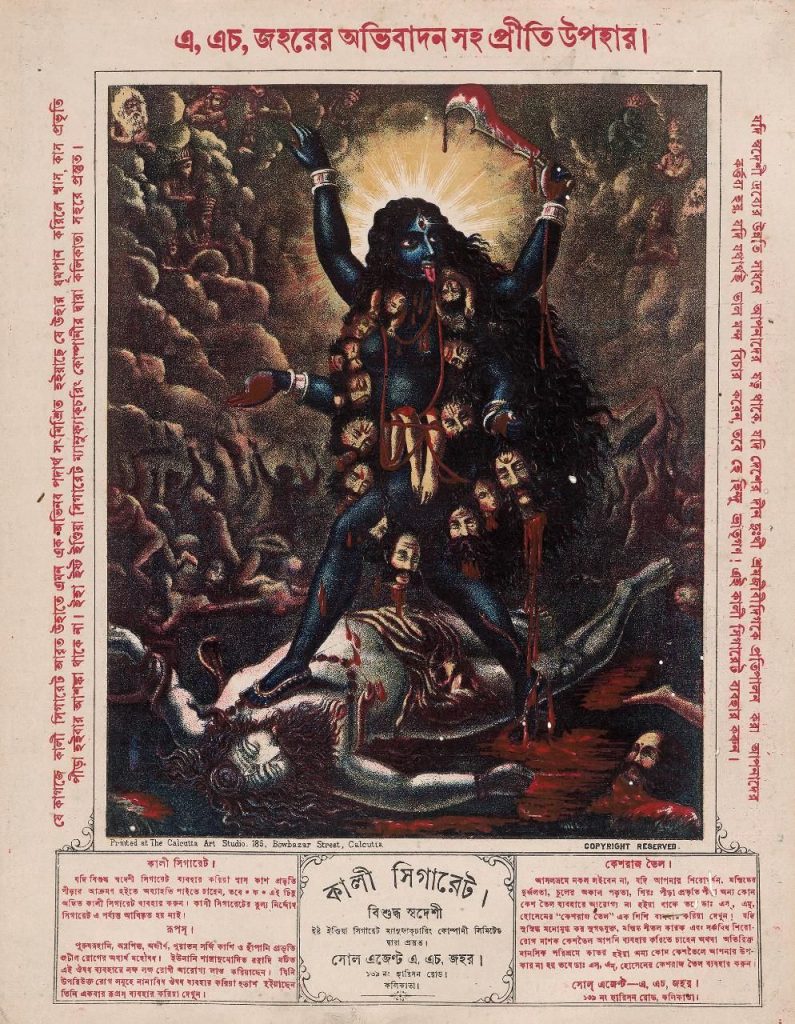Located in northern Cambodia and spread across more than 400 acres, Angkor Wat was originally built in dedication to Lord Vishnu by King Suryavarman II in the first half of the 12th century (113-5BC). Gradually, it transformed into a Buddhist Temple towards the end of the century.
Angkor Wat, which in Sanskrit translates to “Temple of Blossoms” or “Temple of Flower Buds”, was originally named Vrah VishnuLoka or Parama VishnuLoka, meaning “The Sacred Dwelling Of Lord Vishnu.” It is believed that Angkor Wat is a miniature replica of the universe in stone, and represents an earthly model of the cosmic world. The central tower rises from the center of the monument, symbolizing the mythical Mountain Meru, situated at the center of the universe. The temple’s five towers correspond to the peaks of Meru. The outer wall corresponds to the mountains at the edge of the world, and the surrounding moat symbolizes the oceans beyond.
Angkor Wat, in its beauty and state of preservation, is unrivaled. The French explorer Henri Mouhot, who “rediscovered” the temple in the 1840s wrote that the site was “grander than anything left to us by Greece or Rome.” Integrated with the architecture of the building, one of the causes for Angkor Wat’s fame is its extensive decoration, which predominantly takes the form of bas-relief friezes. The inner walls of the outer gallery bear a series of large-scale scenes mainly depicting episodes from Great Epics, such as The Ramayana and The Mahabharata. When Cambodia fell into a brutal civil war in the 1970s, Angkor Wat, somewhat miraculously, sustained relatively minimal damage. Although it is no longer an active temple, it serves as an important tourist attraction in Cambodia. In 1992, it was named a UNESCO World Heritage site. The landmark now welcomes some 500,000 visitors each year.




